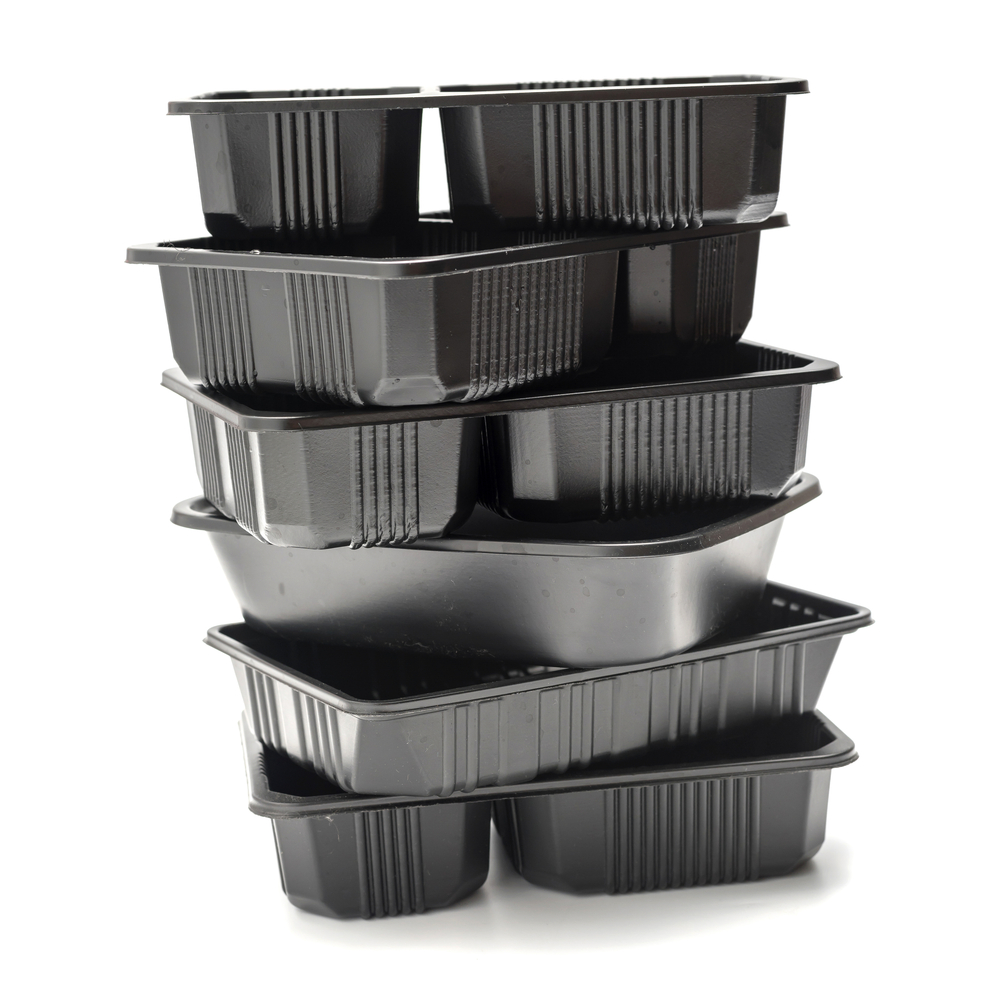
The U.S. disposable food containers market is enormous and varied, containing a great variety of materials, forms, and sizes. When it comes to packing their meals for consumption on the go, consumers have a plethora of alternatives, ranging from Styrofoam clamshells to plastic salad bowls and paper takeout boxes.
Balancing Convenience and Sustainability
The move toward sustainable substitutes is encouraging, but there are drawbacks as well. Higher production costs are frequently associated with sustainable materials, and this can be passed on to customers. Furthermore, it is still logistically difficult to ensure that these materials are disposed of and recycled properly. To effectively influence the disposable food container market, it is imperative to strike a balance between convenience and sustainability.
Request a Sample Report! https://www.futuremarketinsights.com/reports/sample/rep-gb-13468
Global Disposable Food Containers Market Overview:
Sales of disposable food containers totaled US$ 16.9 billion in 2022 and are expected to reach US$ 17.76 billion in 2023. Between 2023 and 2033, disposable food containers market is expected to accelerate at a 5.1% CAGR, reaching US$ 29.21 billion.
Due to rising customer demand for handy and on-the-go food packaging solutions, the disposable food containers industry is predicted to increase steadily. Environmental concerns and the search for sustainable alternatives may affect market trends, with corporations looking into eco-friendly products. Design and material innovations may be critical in shaping the market’s future.
From Convenience to Consciousness: The Booming World of Disposable Food Containers
An increased desire for convenience and on-the-go food options is spurring market growth in today’s fast-paced lifestyle. The rise of meal delivery services and takeaway options pushes demand for disposable containers. Concerns about food safety and cleanliness, as well as the convenience of disposal, all contribute to the market growth for disposable food containers.
Growing environmental consciousness and a shift toward sustainable and eco-friendly packaging solutions are compelling manufacturers to create biodegradable and compostable food containers, boosting market expansion. As the food business evolves, the disposable food containers market is likely to increase steadily.
Get in Touch with Our Sales Team to Secure Your Copy of the Report Now! https://www.futuremarketinsights.com/checkout/13468
Environmental Concerns Pose Challenges for Disposable Food Containers Industry
The growing environmental concerns and desire for sustainable alternatives are important restraints on the disposable food containers market. As public awareness of plastic pollution and its negative environmental impact grows, consumers and governments are increasingly pressing for environmentally responsible solutions. As a result, consumer tastes are shifting toward reusable or biodegradable packaging, placing pressure on the disposable food container business.
Stringent rules on single-use plastics and many countries’ pushes for waste reduction measures impede the expansion of conventional disposable food containers. The disposable food containers manufacturers must innovate and embrace more ecologically friendly materials and production processes to suit the needs of a conscientious consumer base while remaining competitive in the market.
Key Takeaways
- In the United States, it is anticipated that in 2023, disposable food container sales are going to surpass US$ 4.8 billion.
- Between 2023 and 2033, the German disposable food containers market is anticipated to have a profitable growth opportunity of US$ 491 million.
- Between 2023 and 2033, the material category’s paper & paperboard segment is going to expand at a steady CAGR of 5.1%.
- According to the end-use category, 39% of all disposable food containers sold in 2023 are to be used in restaurants and eateries.
Competitive Landscape
The disposable food containers industry was highly competitive and rapidly expanding. The industry’s major players were actively innovating to fulfill the needs for sustainability, convenience, and cost-effectiveness.
The disposable food containers manufacturers were attempting to offer eco-friendly alternatives as customer awareness of environmental concerns grew. The industry has seen the growth of smaller, niche firms, which has increased rivalry.
Newest Developments
- Stora Enso Oyj teamed with Picadeli in February 2022 to replace plastic packaging in salad packaging by developing a plastic-free, recyclable alternative for takeaway packaging.
- The WestRock Company to cooperate with Swiss Chalet to create recyclable paperboard packaging for its restaurant franchise in Canada in April 2022.
About Future Market Insights Inc. (FMI)
Future Market Insights, Inc. (ESOMAR certified, recipient of the Stevie Award, and a member of the Greater New York Chamber of Commerce) offers profound insights into the driving factors that are boosting demand in the market. FMI stands as the leading global provider of market intelligence, advisory services, consulting, and events for the Packaging, Food and Beverage, Consumer Technology, Healthcare, Industrial, and Chemicals markets. With a vast team of over 400 analysts worldwide, FMI provides global, regional, and local expertise on diverse domains and industry trends across more than 110 countries.
Contact Us:
Future Market Insights Inc.
Christiana Corporate, 200 Continental Drive,
Suite 401, Newark, Delaware – 19713, USA
T: +1-845-579-5705
For Sales Enquiries: sales@futuremarketinsights.com
Website: https://www.futuremarketinsights.com
LinkedIn| Twitter| Blogs | YouTube
